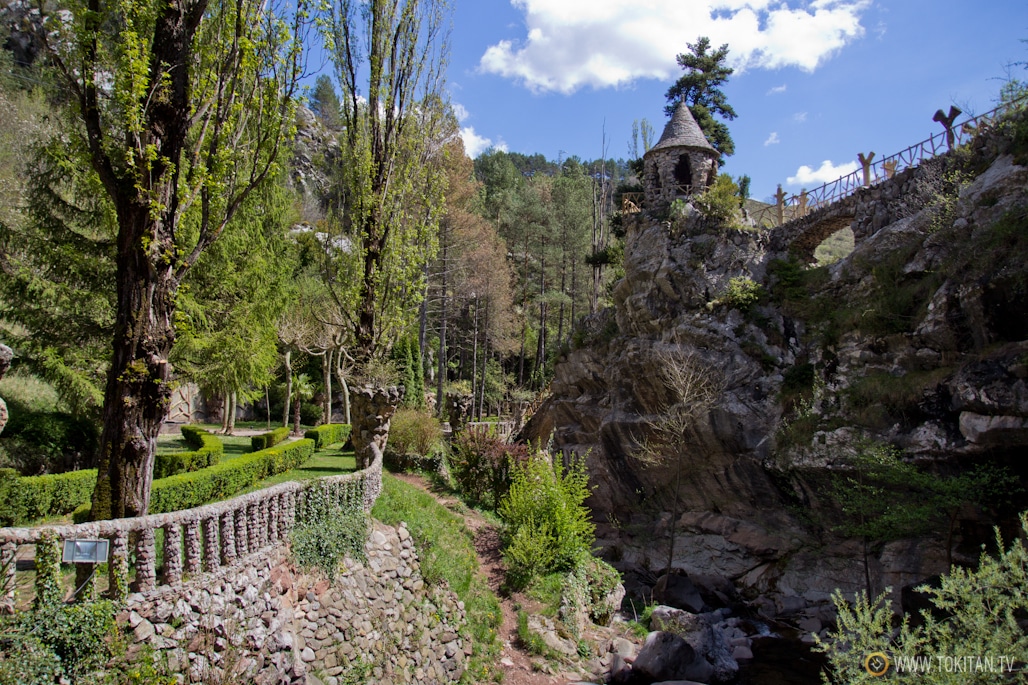Gaudí’s early industrial marvel: the Cooperativa la Obrera Mataronense
The Nau Gaudí de Mataró is the first work built by the architect. Considered as the starting point of the architect's creative process, the cotton bleaching warehouse of the cooperative stands out for the importance of experimentation with parabolic arches, used for the first time by Gaudí as structural elements.









